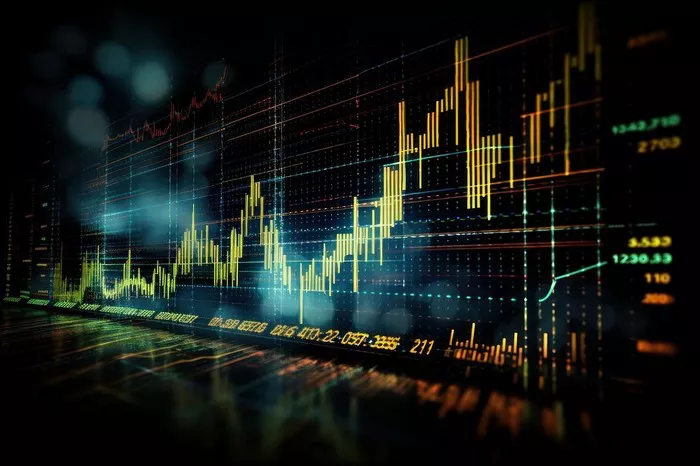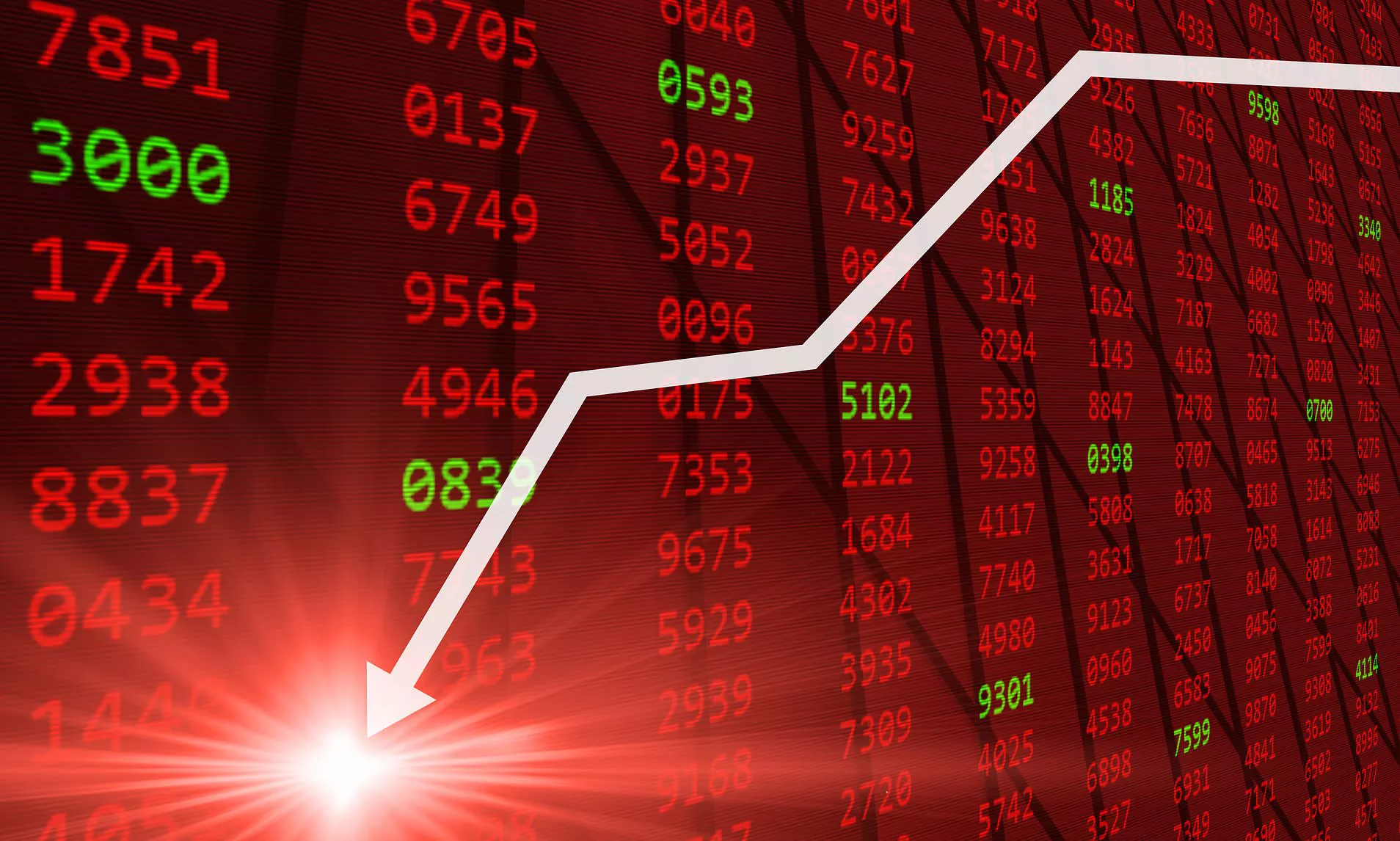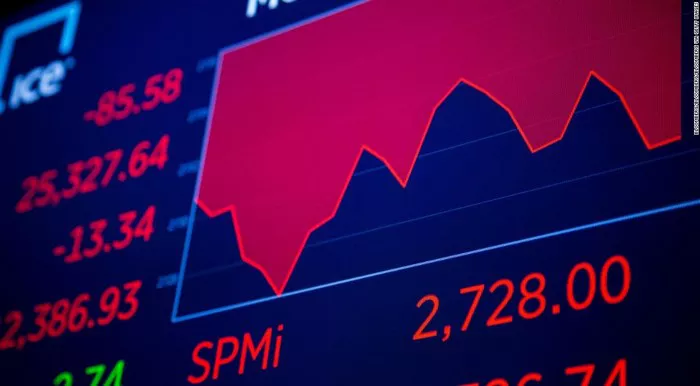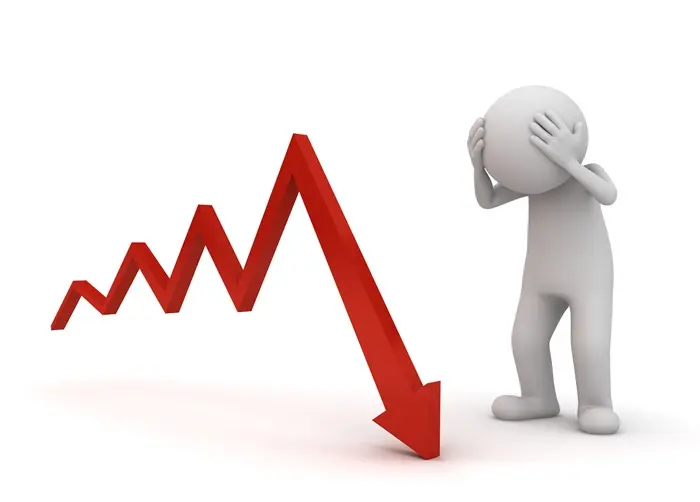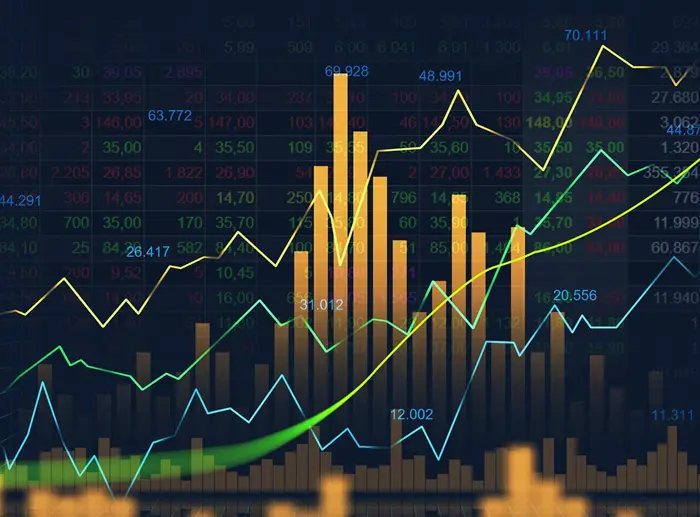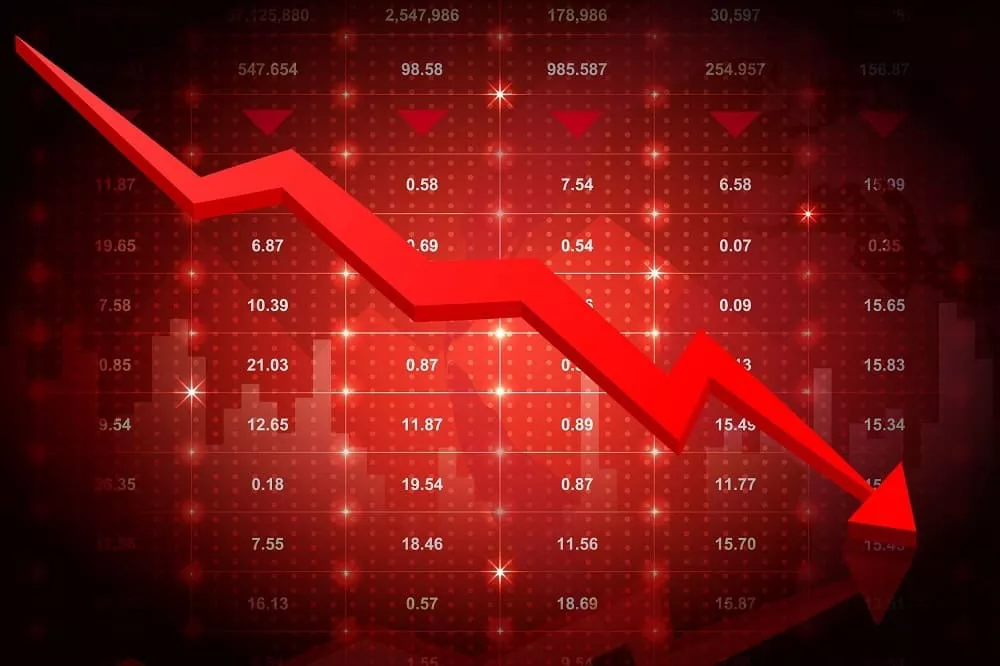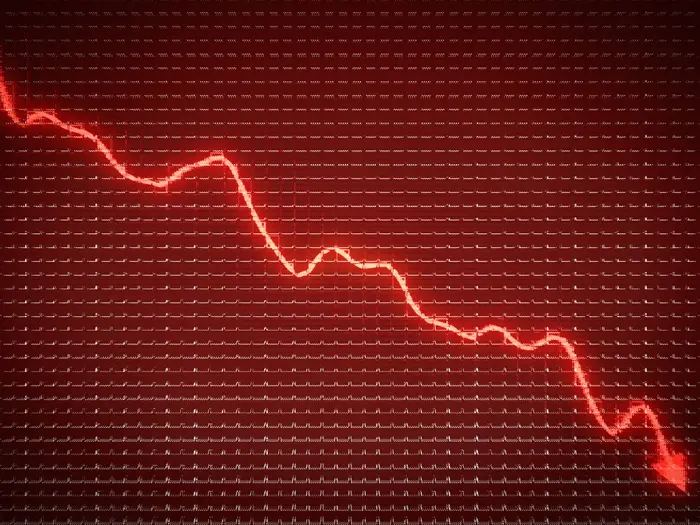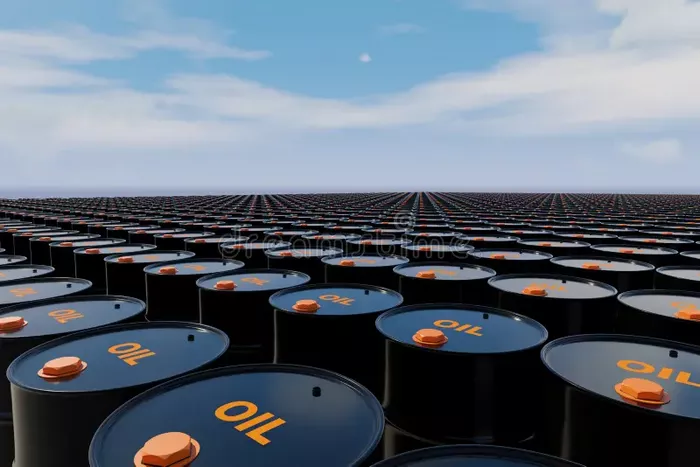Clean energy stocks have been a popular choice for many investors over the past decade. As the world shifts towards renewable energy sources and governments focus on tackling climate change, clean energy companies have seen their stock prices soar. However, in recent months, the value of clean energy stocks has been on a downward trend, leaving many investors wondering why this is happening.
This article aims to provide a comprehensive analysis of the various factors contributing to the decline of clean energy stocks. By examining market trends, policy changes, economic factors, and industry-specific issues, we will uncover the key reasons behind the recent drop in the value of these stocks.
Understanding Clean Energy Stocks
Before diving into the reasons behind the decline of clean energy stocks, it is important to understand what these stocks represent. Clean energy stocks refer to shares of companies that produce energy through renewable sources such as solar, wind, hydro, and geothermal power. These companies may also be involved in energy storage, electric vehicles, and other technologies that support the transition to a greener energy system.
Clean energy stocks are seen as long-term investments due to the growing global demand for renewable energy and the shift away from fossil fuels. The appeal lies in the belief that as governments continue to implement policies to reduce carbon emissions and promote sustainability, the demand for clean energy solutions will rise, benefiting these companies.
However, while this outlook seemed promising for several years, recent developments have put clean energy stocks under pressure. Let’s explore why.
Rising Interest Rates and Inflation
The Impact of Higher Interest Rates on Clean Energy Stocks
One of the primary reasons behind the decline in clean energy stocks is the rising interest rates in major economies, particularly in the United States. Central banks, including the Federal Reserve, have been increasing interest rates to curb inflation. Higher interest rates make borrowing more expensive, which can have a negative effect on growth stocks, including clean energy companies.
Many clean energy companies rely on capital investment to fund their projects and expand their operations. Higher interest rates increase the cost of financing, making it more difficult for these companies to raise funds for new initiatives. Additionally, the higher cost of capital can reduce the profitability of clean energy projects, especially those with high initial investment requirements.
Inflation and Rising Costs
Inflation is another contributing factor to the decline in clean energy stocks. As inflation rises, the cost of raw materials and equipment used in clean energy projects increases. For example, the price of solar panels, wind turbines, and other renewable energy infrastructure has been rising due to supply chain disruptions and higher material costs.
As these costs increase, it becomes more challenging for clean energy companies to maintain profit margins. In some cases, these companies may be forced to pass on the higher costs to consumers, which could slow the adoption of clean energy technologies. This, in turn, can negatively affect stock prices.
Political and Policy Uncertainty
Changes in Government Support for Clean Energy
Government policies play a significant role in the success of clean energy companies. Many clean energy companies have benefited from government subsidies, tax credits, and other incentives aimed at promoting the adoption of renewable energy. However, political uncertainty and changes in government leadership can disrupt this support, leading to declines in stock prices.
In recent months, some countries have seen a shift in political power, with governments becoming less supportive of clean energy initiatives. For instance, in some regions, new policies have been introduced that favor fossil fuel industries or reduce subsidies for renewable energy. These policy changes create uncertainty for clean energy companies, as they rely on stable government support to remain competitive.
International Trade and Tariffs
International trade tensions and tariffs can also impact clean energy stocks. For example, trade wars or protectionist policies can lead to higher costs for importing raw materials and technology needed for clean energy production. This can affect both the supply side and the demand side of the industry, causing stock prices to fall.
Moreover, countries that have been at the forefront of the clean energy transition, such as China and the United States, have engaged in trade disputes that could disrupt the flow of clean energy technologies across borders. These disruptions can hinder the growth of clean energy companies and lead to lower stock prices.
Competition from Fossil Fuels
The Resurgence of Fossil Fuel Prices
The rise in global fossil fuel prices, particularly oil and natural gas, has also put pressure on clean energy stocks. When fossil fuel prices rise, it can make renewable energy seem less attractive in comparison, as the cost of producing clean energy may not be competitive with traditional energy sources.
In 2022 and 2023, we saw a significant spike in oil and natural gas prices due to supply chain disruptions and geopolitical tensions, such as the Russia-Ukraine conflict. This resurgence of fossil fuel prices can reduce the demand for alternative energy solutions, especially in regions where fossil fuels are still cheaper and more accessible.
Energy Security and Short-Term Focus
Another factor contributing to the decline of clean energy stocks is the growing focus on energy security. In times of economic uncertainty or geopolitical tensions, governments and industries often prioritize short-term energy security over long-term sustainability goals. This can lead to an increased reliance on fossil fuels to ensure a stable energy supply, further reducing the demand for clean energy.
Clean energy projects often require long-term investments and planning, making them less appealing to investors seeking quick returns. In contrast, fossil fuel industries are able to respond more quickly to changes in energy demand, leading to a preference for traditional energy sources in times of crisis.
Industry-Specific Challenges
Overvaluation of Clean Energy Stocks
During the boom years for clean energy stocks, many companies in the sector experienced rapid growth in their stock prices, which led to concerns about overvaluation. Some investors may have been overly optimistic about the future potential of clean energy, leading to inflated stock prices.
As the market has matured, some clean energy stocks have come down from their peak valuations, and investors are reassessing their growth prospects. The correction in stock prices may be a sign that the market is now recalibrating to reflect more realistic expectations about the pace of growth in the clean energy sector.
Technical Challenges and Delays in Projects
Clean energy projects, especially large-scale renewable energy projects, are often complex and face technical challenges that can lead to delays and cost overruns. These issues can reduce the profitability of clean energy companies and delay the expected return on investment, causing stock prices to drop.
For example, the development of new solar farms, wind turbines, and energy storage facilities often requires significant time and resources. If these projects face delays or technical difficulties, investors may lose confidence in the ability of clean energy companies to deliver on their promises, leading to lower stock prices.
Conclusion
The decline in clean energy stocks can be attributed to a combination of factors, including rising interest rates, inflation, political uncertainty, competition from fossil fuels, and industry-specific challenges. While the clean energy sector still holds significant long-term potential, the current market environment presents several obstacles that have affected investor sentiment and stock performance.
As investors, it is important to remain aware of these factors and consider them when making investment decisions. While the transition to a clean energy future is still underway, the short-term volatility in clean energy stocks may continue as the sector adjusts to changing market dynamics. For those willing to take a long-term view, however, clean energy still represents a promising investment opportunity.
Related topics:



